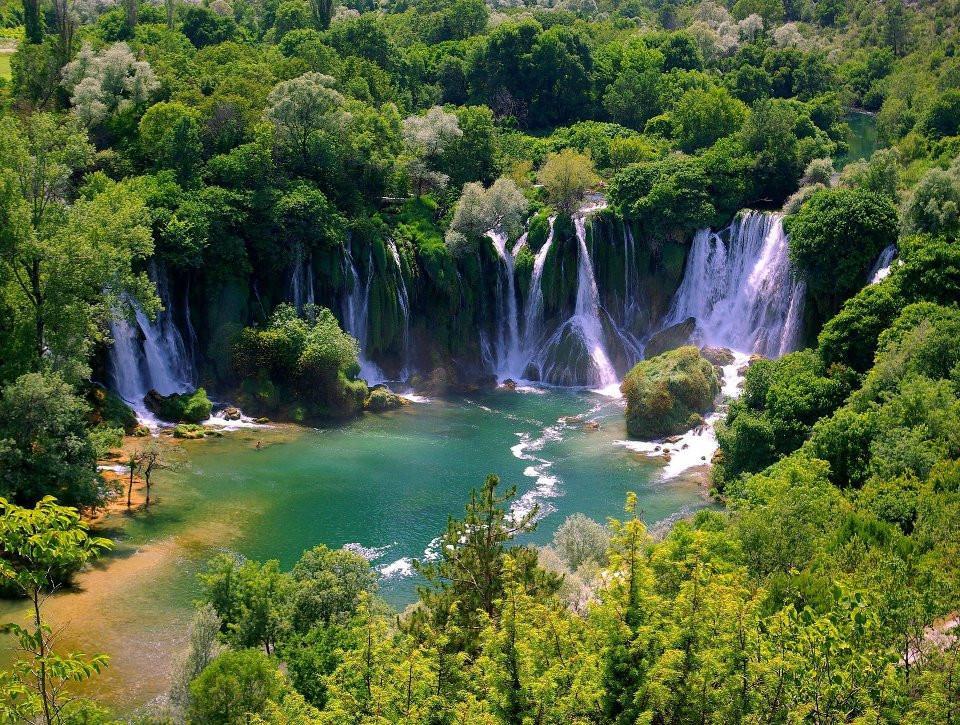
Several plant species around Turkey are being pushed toward extinction by rapidly expanding human settlements, experts say. The conversion of forest and natural habitats to picnic areas under the name of “natural parks” and the use of concrete floors in these places put various plant species at further risk of extinction.
Other factors contributing to the loss of natural habitats are the construction of touristic facilities, power stations, forest fires, and illegal plant smuggling.
“If things go this way, flowers will not even blossom in the mountains in [the Aegean province of] İzmir,” said Hasan Yıldırım, an assistant professor at the İzmir-based Ege University’s Botanical Garden and Herbarium Research and Application Center.
Yıldırım told daily Hürriyet that there are “point endemic” plant species in İzmir, which means they are only found naturally in one specific location in the world.
“In the last seven years we have discovered five of these [species] and introduced them to the world … In just [the town of] Bozdağ, located in [İzmir’s] Ödemiş district, we have 13 point endemic plant species. In Denizli’s district of Babadağ, we have two local endemic plant species. But the ski-run established in previous years in Bozdağ and afforestation works have put these 15 local endemic species at serious risk of endangerment,” he said.
“The biggest problem in our country is that we do not know about our national resources and their importance … Abroad, people are very sensitive about damage regarding normal plants let alone endemic ones. In our country, such an awareness has not been formed,” Yıldırım added.
Last year, Yıldırım discovered a new plant species named “Peucedanum guvenianum” as a result of fieldwork conducted between the Menderes and Gümüldür districts in İzmir. However this new species is now at risk due to a big forest fire that erupted last year in the area.
“When we first discovered it, there were about 250 of them. But we do not know how many are now left,” he said.
“The plant ‘İzmir mullein,’ which was discovered in 1844 in the same region, was discovered again last year, 174 years later, within the scope of the İzmir Biodiversity Project. But as it spread in the area where the fire occurred we do not know about the fate of this species either,” Yıldırım noted.
In Istanbul, the situation is not much different. The 58 endemic plant species accommodated in Istanbul, among 2,500 species in the megacity, are similarly at risk of extinction.
Istanbul was once so famous for its plants that there are even species referred to by the names of Istanbul’s districts, but it is no longer possible to see these species in their natural habitats, according to Ünal Akkemik, a professor at Istanbul University’s Faculty of Forestry.
“The biggest enemy of these plants is construction. Invasive species, meanwhile, which have a big competition power, are now spreading over wide extensive areas. For example, dandelion species, woodruffs and speedwells are spreading to curbsides, lands, and parks, while it is no longer possible to see the Kadıköy crocus in the Kadıköy district,” Akkemik told Hürriyet.